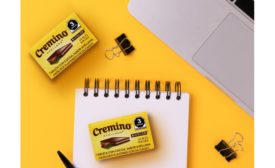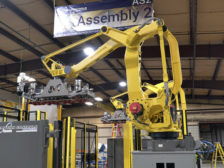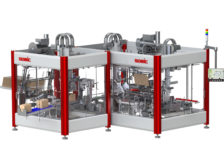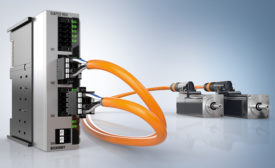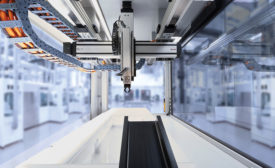Home » Keywords: » packaging automation
Items Tagged with 'packaging automation'
ARTICLES
Case Study
Automated Palletizing of Beverages in a Cold Room
While palletizing cartons is a regular automation application, doing so from a cold room (with regular cleaning done with hosed water) is a specific challenge. Motion Controls Robotics overcame these by using vacuum technology from Piab supplied by Neff Group Distributors.
June 16, 2021
Automation
Motion Control Advances Move Packaging Machinery Toward Industry 4.0
To enable lot-size-1 production, optimize changeovers, footprint and precision in packaging machines with leading-edge servo drive and software solutions.
January 6, 2021
Water Sachet Packaging Found a Recycle Source in West African Country
Nigeria needed a readily available, affordable access to potable water.
December 15, 2020
PACK EXPO Connects: Preview
Decoding Automation: Essential Considerations for Manufacturers Revamping Their Systems
October 13, 2020
Automation
Avoiding Common Pitfalls When Selecting & Integrating Linear Modules
Seven tips to help avoid common technical and operational issues.
September 10, 2020
Automation
Packaging the Future with Automation
Key considerations when choosing robotics and automation for packaging applications.
August 10, 2020

